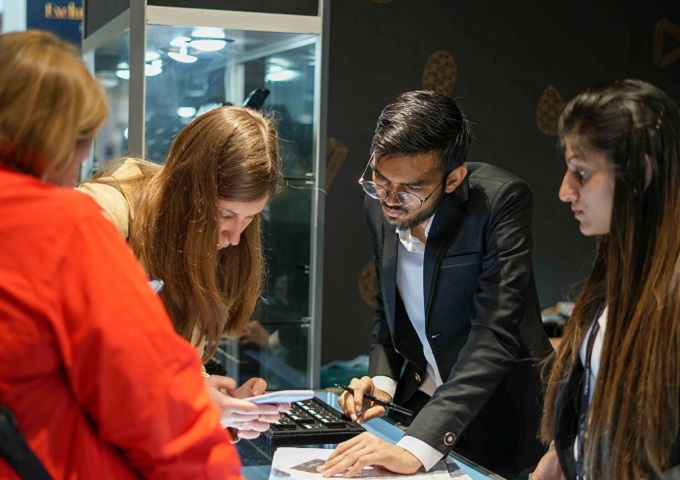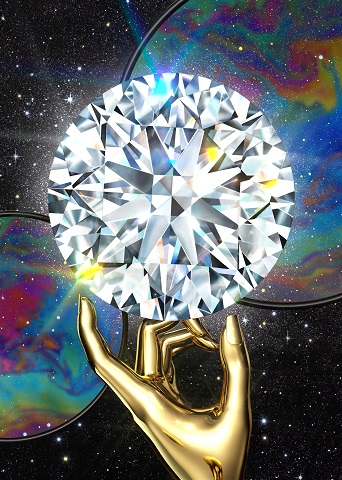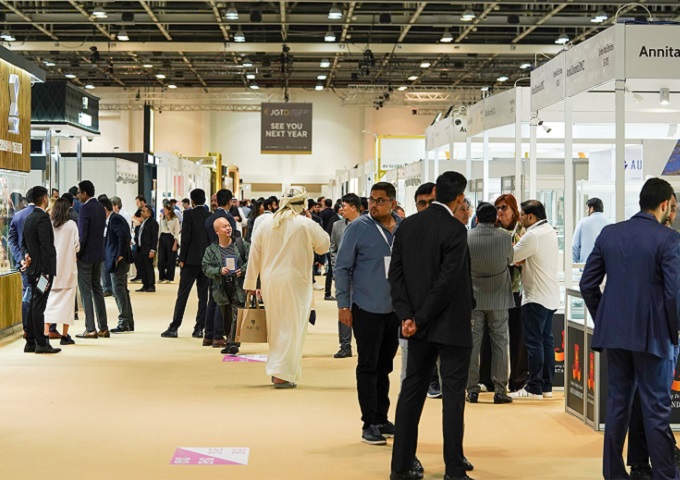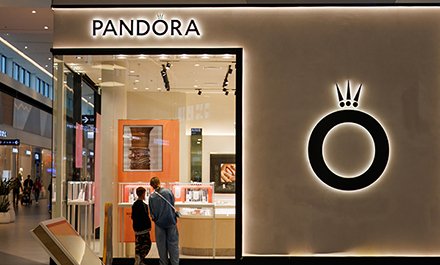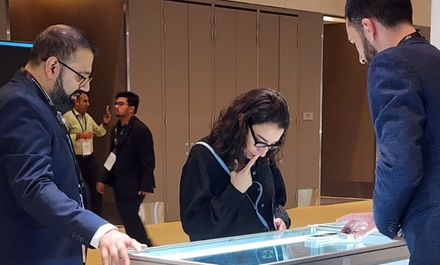This is an expanded and serialised version of the article that first appeared in the JNA January-February 2023 issue.
As JNA enters its fourth decade, it examines the market-shaping developments that will influence the course of the gem and jewellery industry moving forward. This fifth instalment looks at trading centres and digital breakthroughs.
21. Dubai
Dubai is strengthening its position as one of the leading trading hubs for rough and polished diamonds. It is also growing in prominence for coloured gemstones and lab-grown diamonds. The Dubai Diamond Exchange sees strong demand from companies hosting tenders and auctions. And next year, the UAE will chair the Kimberley Process.
Trade of rough and polished diamonds in Dubai soared 17 per cent year on year to US$37.4 billion in 2022 on the back of steady demand and strong market fundamentals.
Data from the Dubai Multi Commodities Centre (DMCC) also showed a 42 per cent rise in polished diamond trade and a 7 per cent increase in the rough diamond category.
These further supported Dubai’s rising status as a leading diamond hub, according to DMCC. The United Arab Emirates has witnessed robust growth in the sector over the past three years, with rough and polished diamond trade climbing 72 per cent and 50 per cent, respectively, representing a combined increase of 64 per cent, added DMCC.
Dubai is also growing as a coloured gemstone hub.
Fura Gems – which supplies emeralds from Colombia, rubies from Mozambique and sapphires from Australia – has its headquarters in Dubai.
When the pandemic struck, Belmont moved its sales operations to Dubai, which was among the first places to open its borders. The emerald miner held its first auction there in February 2021. Today, Belmont uses Dubai as a hub for its rough emerald sales and maintains an office in the city to handle distribution logistics.
The International Colored Gemstone Association (ICA) is also poised to open an office in the emirate.
22. Omnichannel strategies
Online and offline synergies apply to retail, B2B connections and every sales and marketing effort worth its salt.
Physical stores were once forecast to lose relevance in a digital world. This however discounted the value that shoppers place on human interaction and the joy of beholding one’s purchase in all its glory. Online channels and e-commerce, for their part, are convenient and provide valuable information prior to purchase online or at stores. The two worlds now co-exist and rightly so.
Physical stores are banking on digital and social tools to enhance retail experiences.
Select Chow Tai Fook stores are fitted with kiosks that enable shoppers to browse styles and explore material combinations in jewellery pieces.
Dhamani Jewels has displays in its Dusoul boutiques for younger, trendy consumers that show its live social media feeds for customers to tag and view themselves while in-store.
23. Trade fairs
While online platforms and digital events kept communication and trade lines open during lockdowns, the Covid-19 pandemic underscored the importance of in-person trade shows. There is simply no replacing the face-to-face business discussions, product examination, personal connections and trust-building interactions afforded by physical fairs.
With the easing of travel and pandemic restrictions, physical trade fairs are back in full force, with buyers and sellers alike relishing the opportunity to do business in person.
The second edition of Jewellery, Gem & Technology in Dubai saw a 20 per cent increase in buyer numbers throughout its three-day run from February 12 to 14. The show welcomed 5,093 visitors from 95 countries and regions who flocked to the show to view the offerings of close to 350 suppliers from 25 countries and regions.
The Hong Kong International Jewellery Show and Hong Kong Diamond, Gem and Pearl Show from March 1 to 5 witnessed the return of mainland Chinese visitors to the international trade fair scene. The twin shows also took place just as Hong Kong abandoned its longstanding mask mandate, which added to the celebratory mood. While demand was strong for loose materials and fine jewellery, high prices dampened sales, as prices of coloured gemstones registered increases from 20 to 50-60 per cent. By most accounts, mainland Chinese buyers surveyed goods but held off purchasing due to limited budgets.
Upcoming trade fairs are likely to see continued activity as the trade restocks and consumer demand surges post-pandemic.
24. Digitalisation
The Covid-19 pandemic accelerated the industry’s digital transformation. This is likely to continue in the post-lockdown era as digital solutions keep on powering businesses and offer new channels of trade.
Diamantaires, coloured gemstone specialists, pearl traders and jewellers all took to the Internet to keep communication lines open and business ongoing during the pandemic.
As the dust settles in the post-pandemic world, digital continues to give businesses a boost in reach and operations while facilitating logistics and distribution. Most companies have an online presence, a social identity and e-commerce capabilities - whether on their own or third-party platforms - to supplement traditional trading methods.
25. Phygital future
Jewellers are exploring the metaverse, which merges the physical and digital worlds, with NFTs (non-fungible tokens). This gives rise to valuable standalone NFTs and phygital collections in various forms – either full counterparts or some representation in each realm. Further progression into Web3 – the decentralised, token-based iteration of the Internet – opens up more growth avenues for the gem and jewellery industry.
As NFTs are hosted on the blockchain, they are one of a kind and can be paired with a physical version. They also add enchanting narratives to purchases.
In 2021, Hong Kong brand Nalas produced its Shining Star earrings in collaboration with the Netherlands’ Kroller-Muller Museum. The earrings, which accompanied by an NFT, were sold at Sotheby’s Hong Kong that year, making it the first NFT jewellery in world auction history.
Last year, jewellery artist Reena Ahluwalia unveiled a series of diamond art NFTs, the first of its kind in the NFT and diamond space. She also produced a special NFT for Greenland Ruby’s charity drive.
Payal Shah of L’Dezen launched a hybrid NFT that contained physical and digital versions of a bespoke pair of earrings.
View the earlier instalments of this series here.




